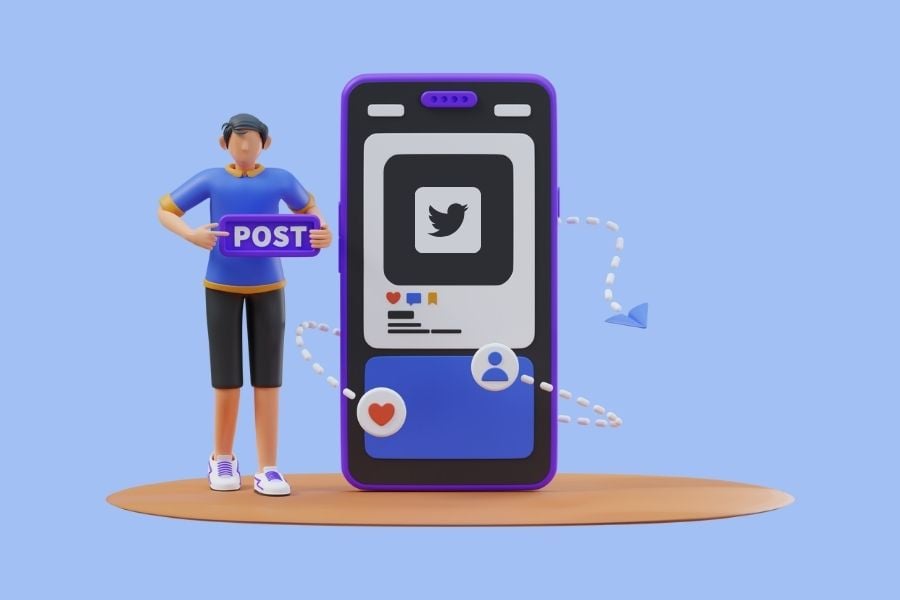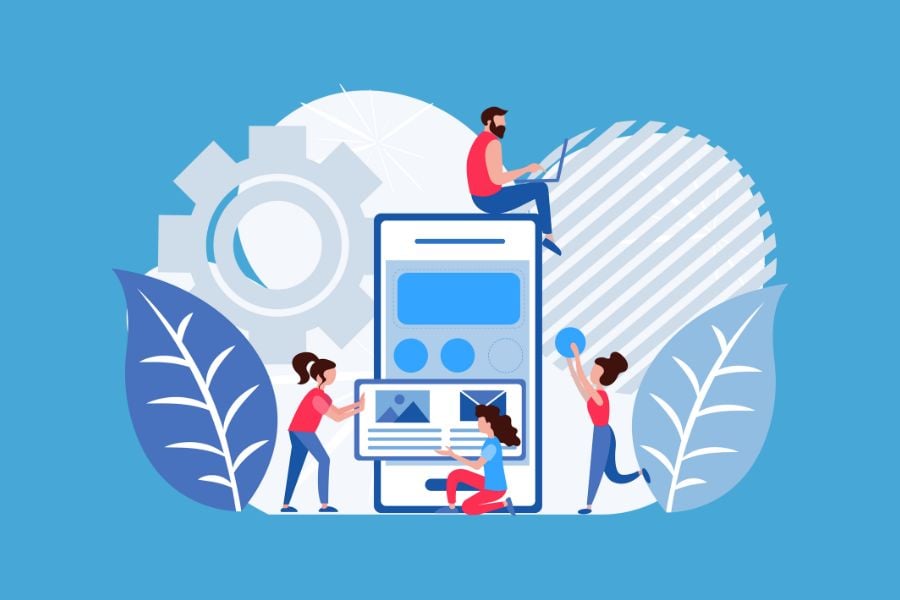Looking to ace email blasts without annoying your subscribers?
You’re in the right place!
Email blasts have gotten a bad rap by being misused by spammy marketers.
But when crafted the right way, your readers will eagerly anticipate your next message.
Ready to elevate your email game, boost open rates, and have readers who crave more of your content?
Let’s dive in!
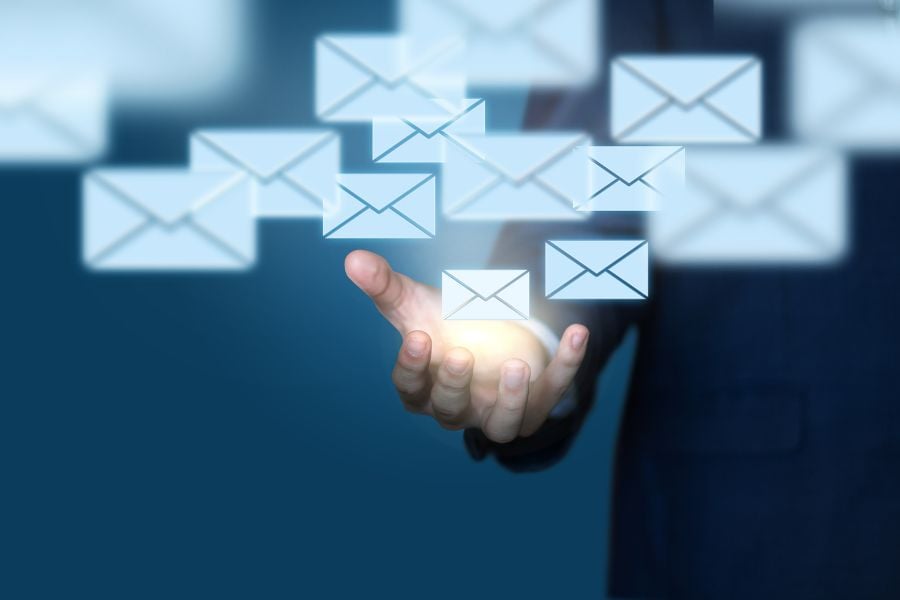
What is an Email Blast?
An email blast is the shotgun of email marketing, delivering a single email message to multiple recipients in one go.
Also known as “mass email” or “bulk email,” it’s easy to see why this tactic is popular with spammers. It’s a cheap way to reach a large group of potential customers.
But don’t let the dodgy reputation deter you from using email blasts in your own business.
Email blasting can be a cornerstone of your digital marketing strategy and one of the best ways to build loyalty and brand awareness.
How Are Email Blasts Used?
When businesses have any kind of information they want to share with a large group of people, they generate an email blast.
This includes:
- New products and services
- Promotions or sales
- Introduction of new features and/or product updates
Additionally, an email marketer can use email blasts to:
- Deliver engaging newsletters
- Provide information about upcoming events
- Promote exclusive deals
The goal is to offer meaningful, tailored content that captivates recipients and guides them to take some action, a.k.a, answer the “Call to Action” or CTA.
This could be clicking a “Shop Now” button or affiliate link, checking out a new blog post, subscribing to a newsletter, or signing up for a workshop.
Do Email Blasts (Still) Work?
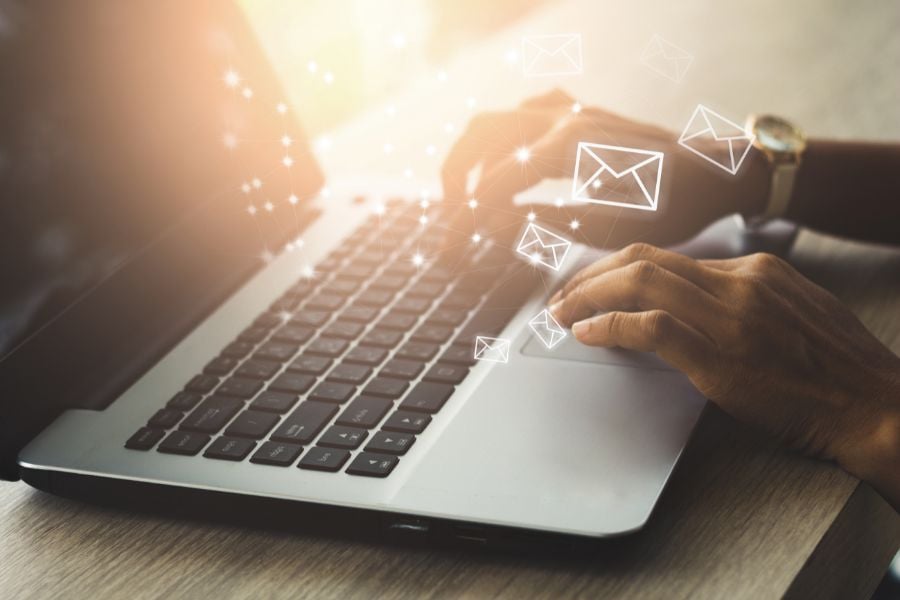
The short answer?
Yes!
Despite the decline in popularity of the outdated “spammy” method of sending bulk emails, email blasts are still effective and even outperform social media campaigns in many respects.
How?
First, in spite of email marketing feeling “old-school,” it yields an excellent open rate, ranging from 17% to 28%. This makes it a powerful communication tool for businesses.
And while it’s true that email marketing has been around for a long time, it’s just as relevant as ever.
Worldwide, over 4 billion people use email accounts in 2023, and that is projected to grow.
But wait, there’s more.
Thanks to advanced email marketing techniques, it’s possible to deliver highly targeted email campaign content to recipients like never before.
How to Send an Email Blast the Right Way
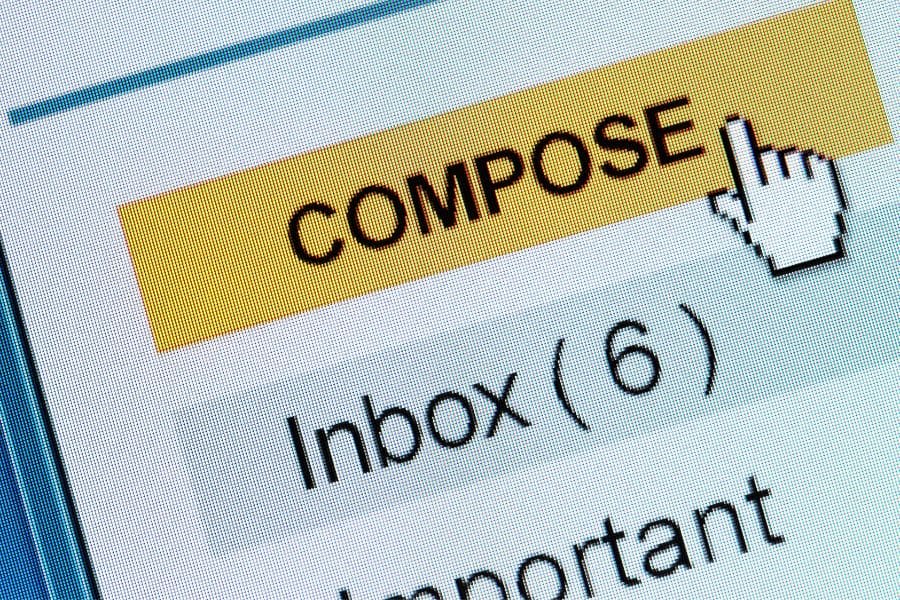
From advanced email blast marketing software to marketing psychology, email marketers have more tools than ever.
Here are 11 steps for designing and executing the perfect email blast.
1. Choose The Right Email Marketing Software
To build an unstoppable email marketing campaign, you need the right software.
Here’s what an email marketing service should do for you:
- Allow you to set up email auto-responders.
- Provide tracking tools to see how your email blast campaign is doing and what you might need to tweak.
- Integrate with your CRM so you can manage customer information.
- Offer marketing automation features.
- Allow you to send as many emails as you want to your contact list. No limits!
Popular options include:
- Constant Contact
- GetResponse
- Drip
- ConvertKit
With the right email marketing software, small businesses, enterprise marketers, and even solopreneurs can efficiently run email campaigns, segment email lists, and measure results.
Each platform has strengths, so evaluate which aligns best with your specific marketing needs.
2. Determine Your Email Blast Campaign Goals
Consider your desired outcomes when sending emails to prospects and customers.
Are you looking to:
- Get more folks clicking?
- Boost those sales?
- Spotlight certain products?
- Keep potential customers interested?
- Get readers to share your content?
Your email campaign goals will guide the slant of your message.
If you’re hyping up a product, dive into what makes it awesome. If you want readers to share your content, make posting on the social media platform of your choice possible with one easy click.
And remember, always keep an eye on the numbers — clicks, sales, and how engaged your subscribers are. That’s how you’ll know you’re on the right track!
3. Segment Your Email List
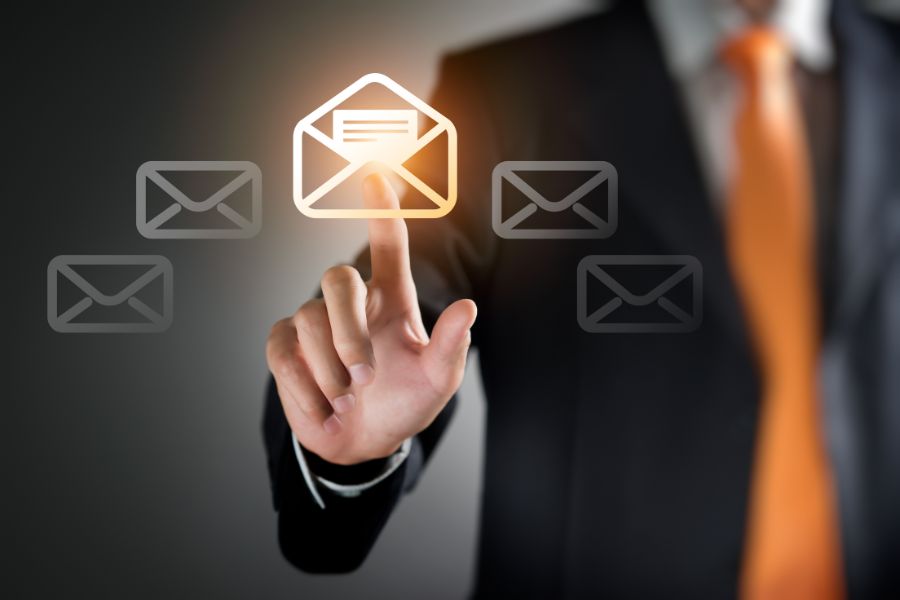
Segmenting your email list involves dividing your audience into smaller, more targeted groups based on specific criteria, which include:
- Demographics
- Interests
- Purchase history
- Open rates
- Click-through rates
- Conversion rates
For example, a fashion retailer may segment customers by purchase history: formal wear buyers receive promotions for ties or jewelry, while casual shoppers are alerted about new sneakers.
Research shows that consumers are more likely to place an order when shown product recommendations based on their purchase history.
Or an online education platform might identify a subscriber interested in a workshop but hesitant to buy, placing them in a “hesitant learners” group.
This group could later receive incentives or previews to spark their interest again.
By segmenting your list, you can deliver more relevant and personalized content to many different groups of customers, leading to improved open and click-through rates and, ultimately, more sales.
4. Write To Your Target Audience
Once you’ve segmented your email list, tailor the email copy to each segment’s interests, preferences, and the specific CTA you’re making.
Choose language and messaging as if writing a note or letter to an individual, specifically your target audience member.
When you focus on making your content relevant to your audience’s desires, your emails will be more relatable, leading to higher engagement and conversion rates.
5. Personalize Your Emails
You know how getting a personalized email feels like someone’s really talking to you?
Industry statistics indicate emails with personalized subject lines are opened nearly 20% more often than generic ones.
When a brand takes a moment to speak to you directly, it’s like they’re giving you a virtual nod, making you think, “Hey, they get me!”
On the flip side, those one-size-fits-all emails? They just don’t have the same appeal.
By personalizing and resonating with each reader, you transform a simple email into a conversation that truly matters. It’s this genuine connection that turns casual readers into loyal customers.
6. Design Your Email To Delight Your Customers

Well-designed emails that yell “YOUR BRAND” create an immersive and delightful experience for your customers, encouraging stronger connections and fostering long-term loyalty.
This creates a sense of cohesiveness and builds brand awareness.
You become a familiar friend.
Many tools on the market, such as BEE, Litmus, or Campaign Monitor, can do the work for you.
7. Craft The Irresistible Subject Line
An email subject line makes or breaks a recipient’s decision to open your email.
Good subject lines are concise, intriguing, and relevant. They captivate the reader’s curiosity without giving everything away.
Bad subject lines are often vague, misleading, or overly generic.
Let’s take a look at a few examples…
The Good:
“Unlock 50% off: Your exclusive summer deal awaits!” creates urgency, offers a tangible benefit, and feels personalized.
“Sneak peek: Tomorrow’s game-changing release!” teases exciting content and sparks curiosity.
The Bad:
“Newsletter #45” is generic and provides no incentive or context.
“You won’t believe this!!!” is overly clickbaity, which can erode trust as it feels manipulative.
Notice the difference?
Ultimately, subject lines are the headlines of your emails, so learn to write good ones!
8. Provide a Clear CTA
A call-to-action (CTA) supports the primary objective of each email and guides the reader to do something specific. It’s a friendly, clear nudge, steering readers to buy, share, sign up, or download.
A clear, prominent CTA reduces confusion and increases the likelihood your reader will take the desired action.
State clearly exactly what you want your reader to do, and say it more than once or twice.
Here are 50 examples to inspire your own CTAs!
9. Test!

Testing is crucial in email blast marketing to ensure everything looks and works as intended before emailing your audience.
Before hitting ‘send’ on that email blast, give it a quick test drive.
Make sure your email displays properly, whether on desktop or mobile, that the links work, and that it doesn’t land in the dreaded spam folder.
If you have a subscriber list of 10k or more, consider A/B testing. Small differences between words, colors, or pictures can influence reader engagement in a big way.
10. Timing is Everything
It makes sense that people are more likely to open and engage with emails when actively checking their inboxes.
So rush hour is probably not that time.
Although it varies by industry, original research by Hubspot found the best time to send emails is between 9 am — 12 pm and 12 — 3 pm.
Conversely, sending emails in the middle of the night is not advisable.
But we probably didn’t have to tell you that.
11. Avoid Landing in the Spam Folder
Emails that land in spam folders often exhibit specific triggering characteristics:
- Excessive capitalization or punctuation in the subject line
- Spammy words like “free,” “guaranteed,” or “limited time offer”
- Too many hyperlinks or attachments
So, follow these best practices to ensure your email doesn’t get cyber-trashed:
- Focus on delivering valuable and engaging content.
- Ensure your email list contains opt-in subscribers only
- Regularly clean your list to remove inactive or invalid addresses
Providing a clear “unsubscribe” option and personalizing your emails can also improve deliverability and prevent them from being marked as spam.
5 Epic Email Blast Examples to Inspire Your Own
Receiving a great email can get your creative juices flowing. Here are a few of my favorites:
1. Email Segmentation Example

This example uses segmentation to call out the reader who hasn’t engaged lately.
Duolingo aims to keep users engaged with the product to prevent subscription abandonment.
Who could resist this sad, teary little critter?
2. Personalization Example
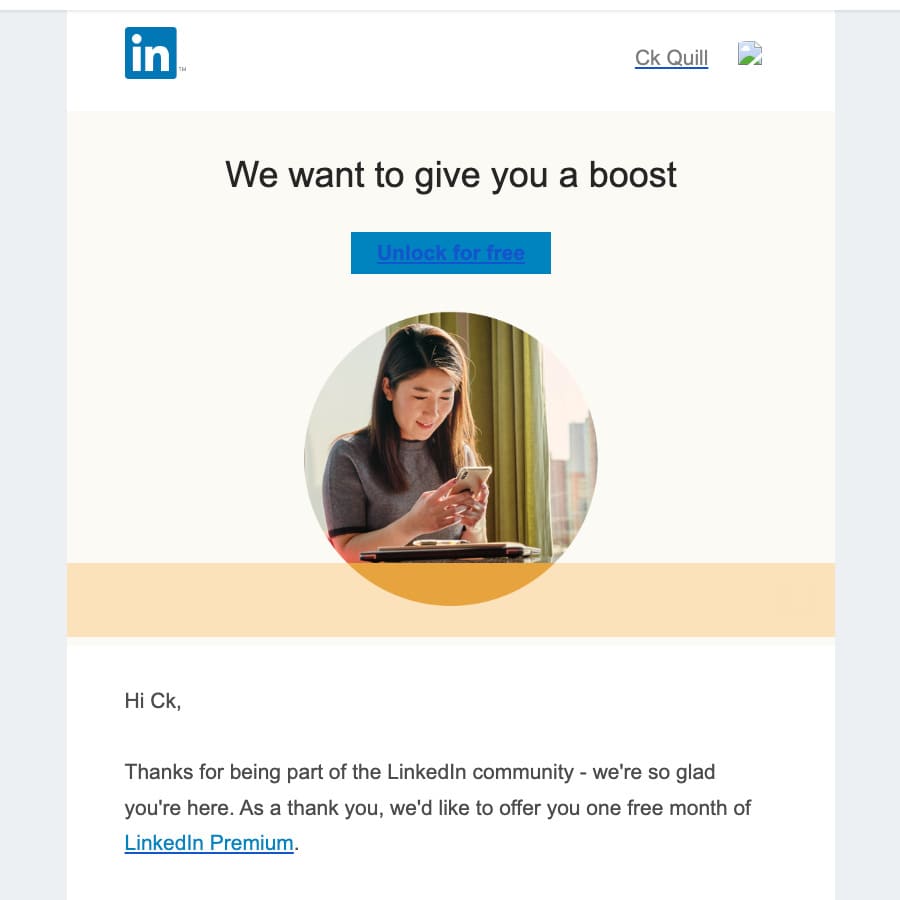
Calling the reader by name is just the beginning. Crafting compelling content to appeal to very specific readers increases the likelihood that your message will hit its mark.
But don’t overdo it — too much personalization can feel a little creepy.
3. Great Visual Appeal Example
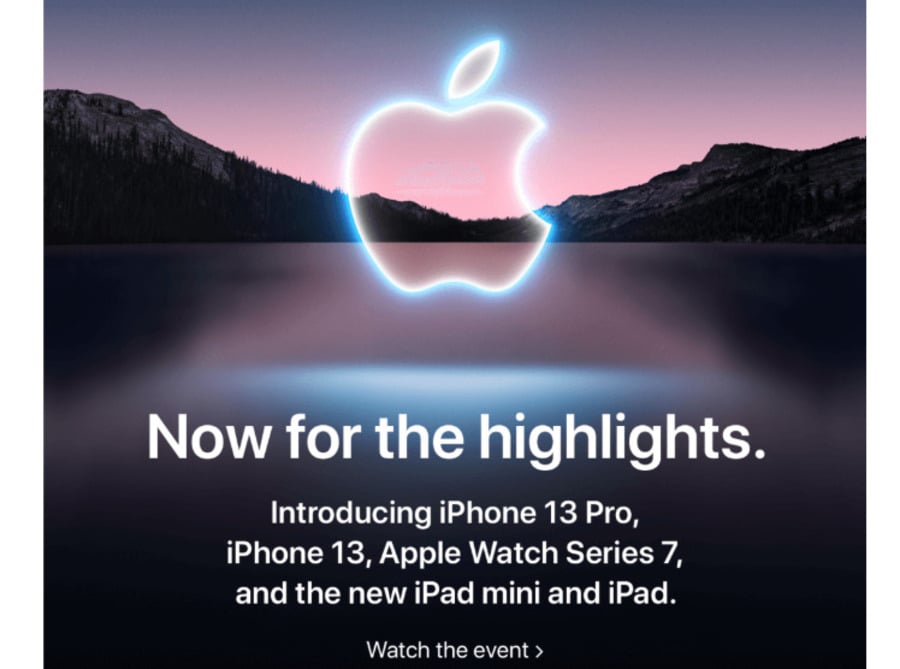
Apple’s iconic advertising reinforces its style and helps readers connect with new products.
Their images aim to please, and more often than not, they imply… “If you love this image, just imagine how much you’ll love the actual product.”
4. Targeted Email Writing Example
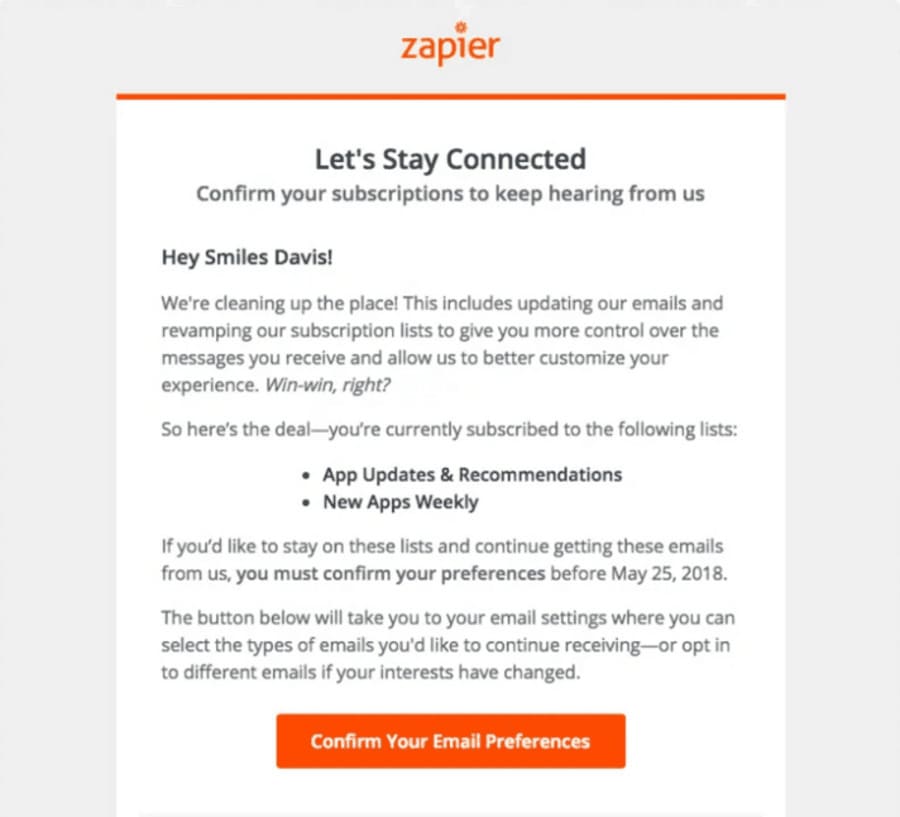
Customers often require a quick, compelling reason “why” to take action, and who doesn’t want more control over the messages they receive?
Without Zapier’s crisp copy, this email wouldn’t be nearly as effective.
Bonus: The CTA couldn’t be more precise.
5. Catchy Subject Line Example

This feels uber-personalized. Notice how an entire story blooms in your mind. It effortlessly invites the reader to indulge in an impulse mini-vacation to mend a broken heart.
How could you not click on this?
Mastering Email Blasts: The Path to Captivating Connections
Congratulations!
You’re ready to conquer the email blast with engaging messages that resonate with your audience.
The world awaits your captivating content.
So, grab that virtual megaphone and let your voice be heard!
